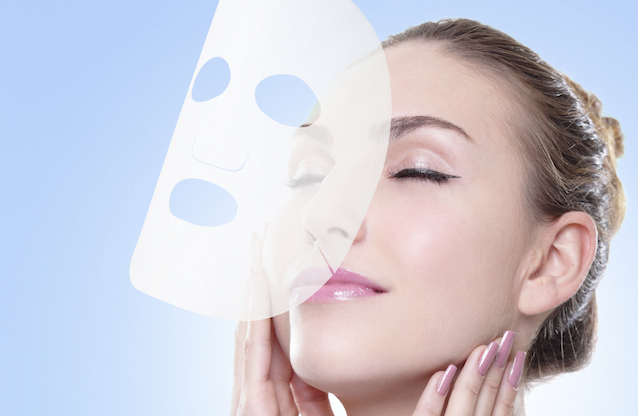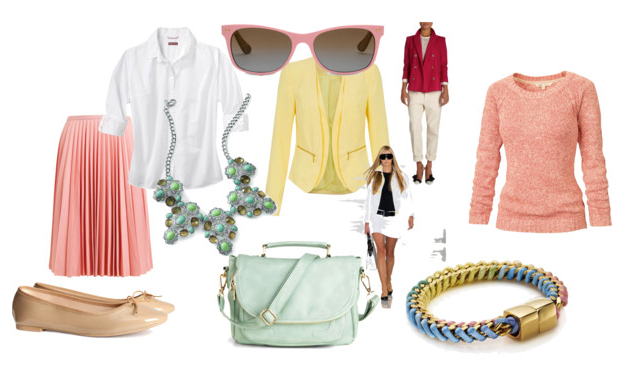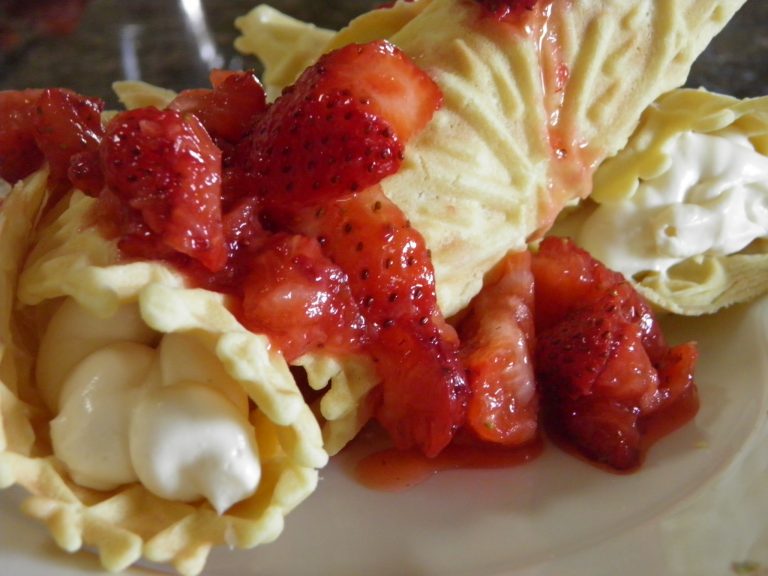When Rice Isn’t Rice … What Are You Really Eating?
February 12, 2013
I am vigilant about reading the labels on the food I purchase for my family. Typically. I will admit, there are times that I just don’t care to read the label and would rather enjoy the meal before me. Quick fixes and prepackaged meals, on occasion, still win out in my household. I am not perfect!
One such meal graced our menu this past week. I saw a quick-fix box of a seemingly harmless meal: cheesy chicken broccoli and rice. I knew there would be things that I typically wouldn’t eat, but could it really hurt to throw out a quick fix meal once during the week? Surely not!
I didn’t want to read the label because I knew there would be a plethora of long named preservatives, fillers, and artificial ingredients, but what I found was even more startling. This “rice” meal that I was feeding my family wasn’t rice at all. In fact, it was what the box describes as “rice shaped pasta”. I had fallen into the trap of pretty boxes and packaging. I knew artificial ingredients and dehydrated broccoli would be contained but artificial rice? That honestly was a shocker.
Needless to say, I will be practicing what I preach in my future trips to the grocery store. Food companies have made an art of deceiving their customers into believing what they are purchasing is what is stated in large print on the boxes. However, tiny disclaimers often grace the boxes with the hidden truth. Do you really know what you are eating?
Beyond the hidden disclaimers and scientific sounding ingredient lists, many natural foods have hidden ingredients as well. I recently read an article that will most likely shock your socks off. It was titled “What do you mean a banana isn’t vegan“. As shocking as that headliner sounds, that could be the future of the banana. How is it possible a banana could contain anything other than banana? The answer is the shellfish compound they are wanting to spray on the exterior of the banana to make it stay fresh longer. This may seem harmless since the shellfish compound would be sprayed on the exterior of the banana peel. However, fingers touch the outside of the banana when peeling and for someone with allergies this could be devastating. Not to mention, leakage into the banana itself if the peel were to bust or seep inward.
Unlabeled genetically modified foods, hormone-containing meat and dairy products, and misleading labels grace the shelves of US grocery stores on most food items, so how is a person to really know what they are eating? Why can’t our food simply be what it appears.
How often do you stop and read the full ingredient list and packaging materials on the products you are feeding your family? Are you concerned about the state of food in the US?







